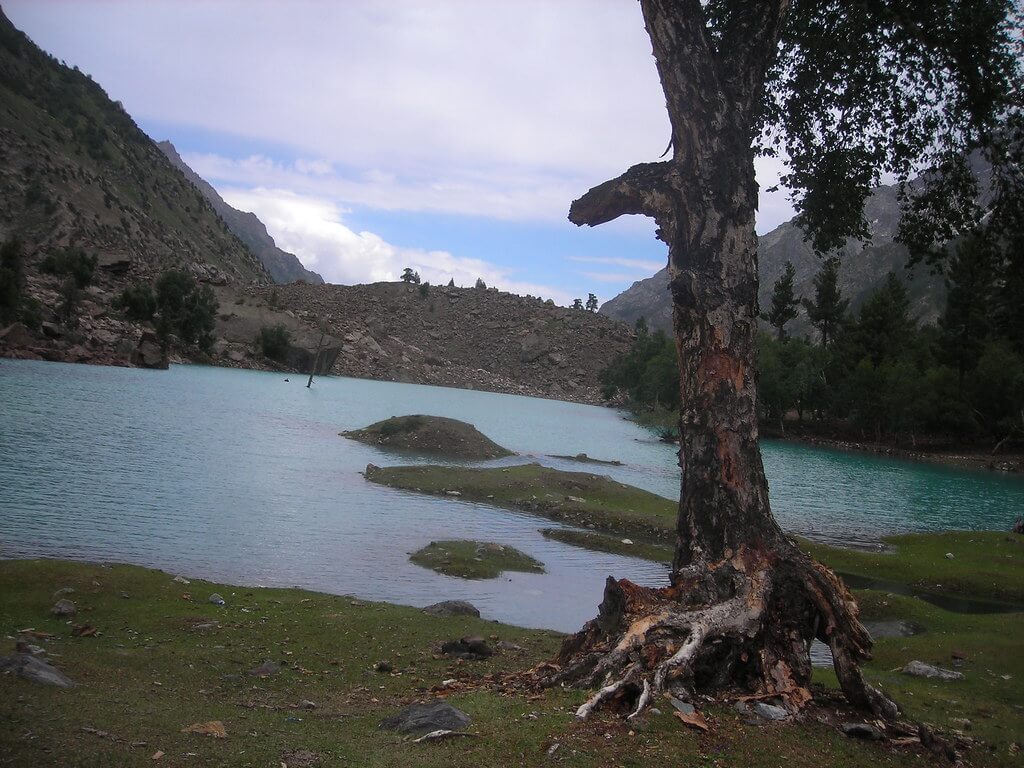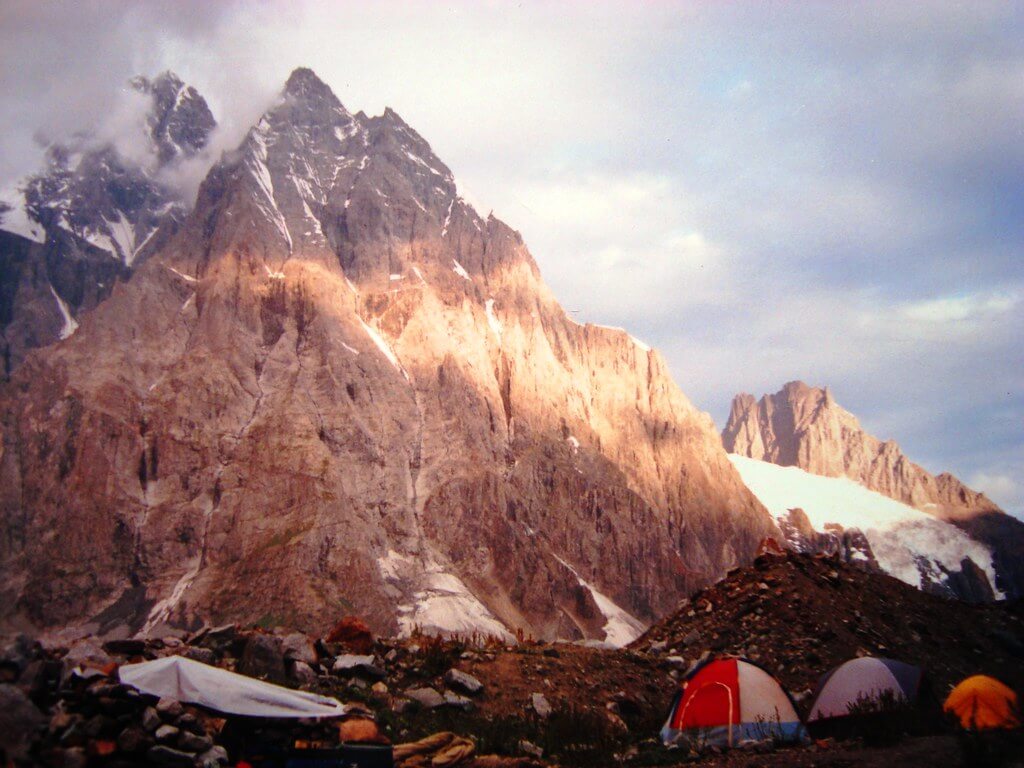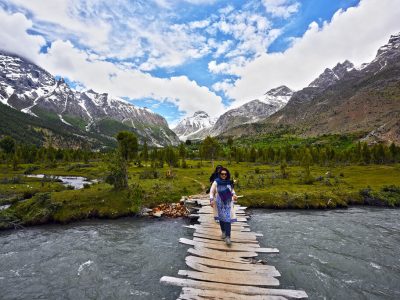Daintar Pass
Daintar Pass (4500m), nestled among the mountainous mountains of the Karakoram, is a challenging path that connects the upper Naltar Valley to the Daintar Nala in Lower Nagyr. With its unique challenges and breathtaking panoramas, this pass has tempted explorers and adventurers since the late nineteenth century.
Itinerary
The Itinerary for Daintar Pass is noticeable below
Day 03: Lower Shani to Daintar High Camp
Lower Shani is to the north of Daintar Pass. The stream that descends from the ridge is kept to the east (right) by the route. The Daintar High Camp (4100m) is located below a clear snowfield on a level terrain.
Day 04: Daintar High Camp Tolebari
Following the summit of an offshoot from the main ridge, the ascent to the pass is made. A rope might be required because the angle is fairly severe near the top. It looks like Class 2. The top cornice may be very massive. Daintar Pass (4500m) is designated by a cairn. Along the ridge that extends east-south-east from the pass is the approach to the stunning Snow Dome (5029 m). The usual route down from the pass is a treacherous scree gully. There are crevasses and rockfall hazards on the glacier below. Three to three and a half hours from the pass, descend to the Tolebari huts and pastures (3450m).
Day 05: Tolebari to Torbuto Das
Spend two hours making your way down the Tolebari Nala to the herders' cottages at Taling and Daintar (2743m). To reach Torbuto Das (2100m), at the junction of the Daintar Nala and Bar Nala, it will take two to three hours to continue along the route down the Daintar Nala via a gorge. Pass a rocky path that leads northeast across the Talamutz Pass to the Bar settlement halfway down the valley (see Baltar and Toltar Glaciers under Other Treks). Alternately, a rocky trail crosses the river from the Daintar huts and heads southeast across the mountain (3657m) to Chalt on the west side of the Chaprot Nala. There are good camping sites and rooms at Chalt Tourist Inn.
Holiday Overview
George Cockerill successfully traversed the pass for the first time in 1893. His description defines the south side of the pass as "almost vertical," implying the treacherous nature of the terrain. While both sides of the pass are steep, the ascent from south to north is typically thought to be significantly more feasible.
Trevor Braham, a seasoned Himalayan explorer who has spent decades in the region, gives more light on the difficulties presented by Daintar Pass. The northern descent, he says, is a heart-pounding 230 meters of shattered rock at a plunging 50-degree angle, terminating in a large abyss. These descriptions offer a vivid image of how dangerous the past is.
Daintar Pass is not for the faint of heart; it is an endurance and bravery test. It does, however, provide an opportunity to immerse oneself in the raw, untamed splendor of the Karakoram. The pass promises not only physical challenges but also incomparable moments of amazement and wonder in the middle of one of the world's most spectacular mountain ranges for those who dare to go on this trek.



